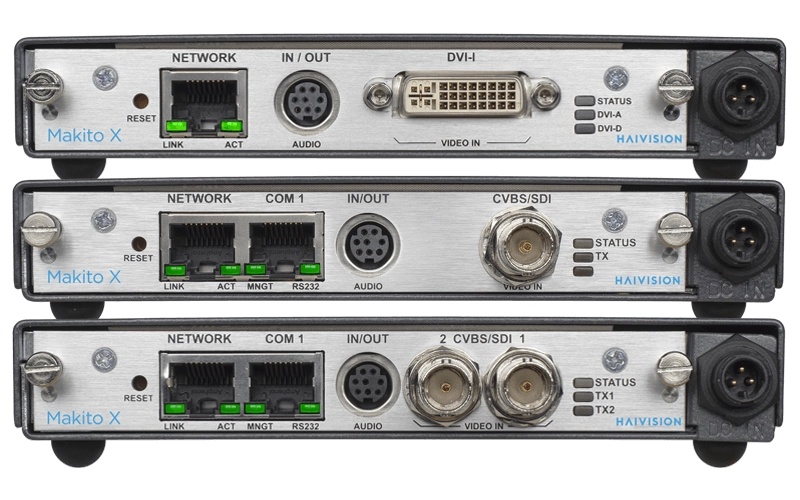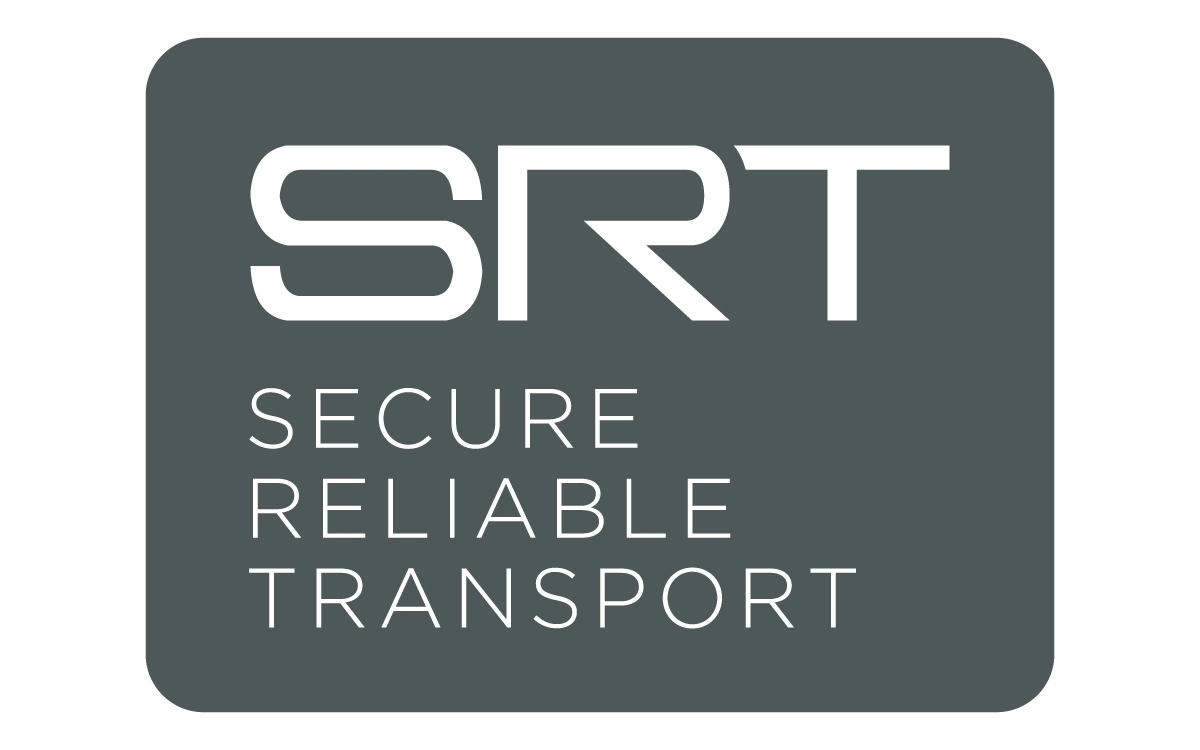Encode high quality video at low latency with secure and reliable SRT streaming.

Haivision’s award-winning Makito X H.264 encoder transports secure, low latency, HD video over any network at extremely low bitrates, making it ideal for live, interactive and bandwidth constrained applications.
The Makito X encoder is available as an ultra-compact SDI or DVI encoding appliance or as a blade for use within a high density 1RU (6 blades) or 4RU (21 blades) chassis.



The Makito X supports real-time H.264 encoding for streaming pristine quality video at bitrates as low as 2 Mbps or even lower. It is the perfect solution for distributing streams within a facility, across multiple locations, or for remote production workflows. When paired with the Makito X decoder, the Makito X encoder reliably delivers high-quality video over any IP network with extremely low end-to-end latency.
